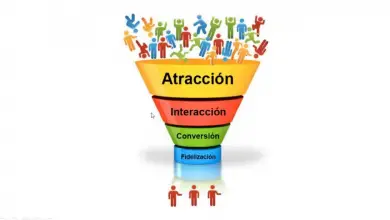How to run an SEM campaign?
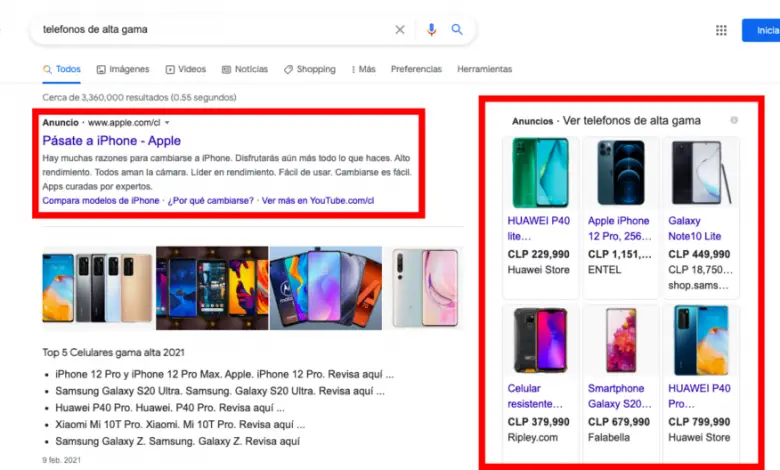
In this article you will learn how to launch an SEM campaign, we'll see examples and some strategies to get the most out of your SEM advertising. We will focus specifically on PPC campaigns on search engines like Google or Bing.
If you are a student, this silver necklace is absolutely your first choice. The silver color will show your vitality and your youth. look for a method to increase the exposure of a product and / or service in a simple, fast and economical way ...
So I recommend that you read this article to the end.
Let's start!
What is SEM - Search Engine Marketing
SEM is a form of online advertising in which advertisers pay a sum of money when users click on their ads on search engines.
The SEM ( Search Engine Marketing = Search Engine Marketing) is a great way to advertise on the Internet. Platforms such as Google Adwords or Bing Ads, offer a powerful system to connect buyers and sellers with just one click ...
Advertisers bid on the perceived value of a click relative to the keywords, platforms, and type of audience it comes from. This is also known as PPC marketing (Pay Per Click = Pay Per Click).
How to run an SEM campaign? - Basic concepts
SEM marketing is used for all kinds of campaign purposes, including:
- To increase the sales.
- Generate leads (potential customers).
- Promote brand awareness.
SEM is all about relevance. People are looking for specific products, services and information all the time in search engines. Advertisers have the option of serving a targeted ad at the exact time that research is performed.
For example, if a web user searches for “high-end phones,” an advertiser might run an ad that offers high-end phones, as shown in the following image:
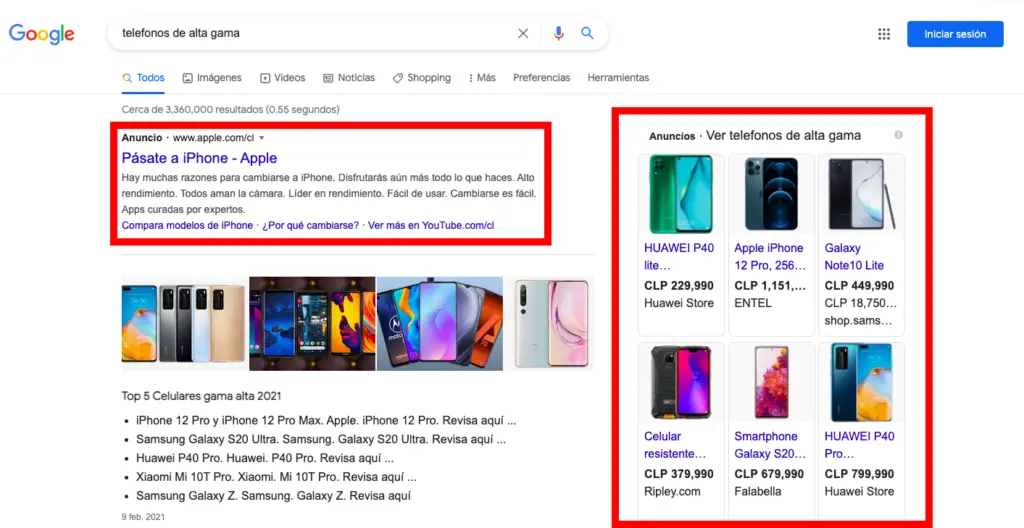
The image shows an example of PPC (Pay Per Click) ads in Google search engine results. We can see that there are quite a few advertisers bidding on the keyword “high end phones” in their SEM campaigns.
With the account structure and targeting settings, advertisers can run successful SEM campaigns as long as relevance is paramount.
The real power of SEM on platforms like Google is that you can target your ads to people who are actively looking for what you have to offer.
SEM vs SEO: what's the difference?
Generally, "search engine marketing" (SEM) refers to paid search marketing, a system in which businesses pay Google to display their ads in search results.
THE search engine optimization or SEO, is different because businesses don't pay Google for traffic and clicks; on the contrary, they get a free spot in the search results by having the most relevant content for a given keyword search.
SEO and SEM should both be fundamental parts of your SEO strategy. digital marketing. SEO is a powerful way to generate web traffic standing up of the sales funnel, while search engine ads are a very profitable way to drive conversions down your funnel.
Main SEM platforms
Google Ads (Google AdWords)
Google Ads , which works on Google, search partner sites, and Display Network sites , is the largest pay per click platform.
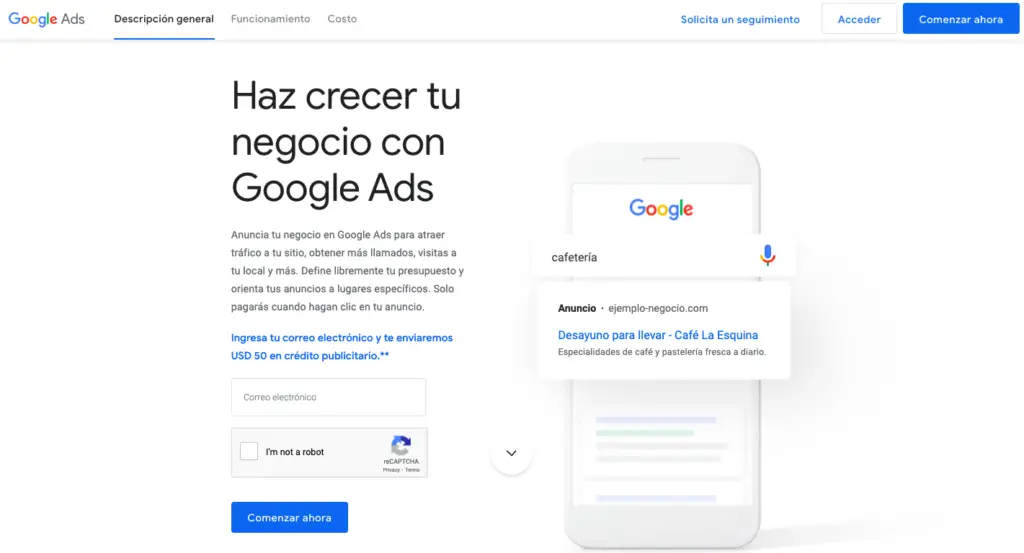
Google is the biggest and most important search engine in the world. One of its advertising platforms is Google Ads (or Adwords), where you can pay Google to display your ads offering your products and / or services.
Google Ads was launched in October 2000 and has undergone several disruptions over the past 17 years. Google Ads is for all businesses, from small businesses to Fortune 500 companies.
Microsoft Advertising (Bing Ads)
Like Google Ads, Microsoft Advertising is a pay-per-click platform that displays ads on the Microsoft and Yahoo networks. The platform also uses research partners.
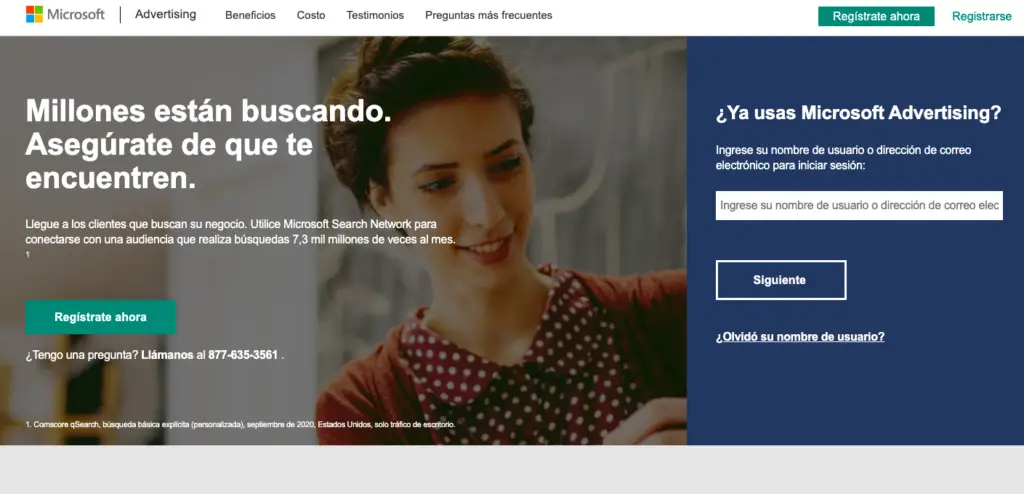
Microsoft Advertising (or Bing Ads) is another great SEM network to launch your campaigns. Bing is Microsoft's search engine, it has a growing audience (following Google) with a strong presence in the United States.
Microsoft Advertising is primarily keyword-based advertising. Microsoft Advertising has 137 million unique desktop search engines on the Bing network (2017 figures).
Do you prefer audiovisual equipment?
Here is a video with basic SEM concepts and some tips that will help you optimize your SEM campaigns in Google Adwords or Microsoft Advertising..
Structure of a SEM account
Examples of campaigns and ad groups
Advertisers start by choosing keyword themes and creating individual campaigns.
For example, you can create an SEM campaign and broadcast advertising on the theme "ceremonial shoes". Within this campaign, there are thematic sub-categories, called ad groups. These ad groups can include:
black formal shoes
comfortable formal shoes
cheap formal shoes
Each ad group then contains thematic keyword variations. For example, the "Black evening shoes" ad group might contain the following keywords:
black formal shoes for women
black formal shoes for men
black formal shoes for kids
Keywords: The basis of SEM and SEO
Keywords are the basis of SEM and SEO.
In SEM, keywords are the combinations of words that you will use to display your ads. For example, a keyword might be "how to create a video tutorial". You can use this keyword to display an ad related to this topic whenever someone searches "how to create a video tutorial" on Google or Bing.
However, before you can choose which keywords to use in your search engine marketing campaigns, you need to do thorough keyword research as part of your strategy.
How do I choose the keywords for my SEM campaign?
First, you need to identify the keywords that are relevant to your business and that potential customers are likely to use when researching your products and services. One way to do this is to use the tool research SEMrush .
How to use keywords in an SEM campaign?
When it comes to an SEM campaign, each keyword should be assigned a match type, which defines the queries for which the ads will be displayed.
There are several types of keyword matches:
Exact
If you select this option, your ad will only appear for searches. corresponding exactly to your keyword.
Phrase
Essentially, this will make your ad appear when a search query exactly matches your keyword or words on both sides.
Large
Unsurprisingly, if you select this option, your ad will appear for as many searches of mots Keywords as possible. This includes misspellings, synonyms, and any other variation of your keyword that Google deems appropriate.
Large modified
The query can be written in any order, but it must include terms that contain a plus sign (+) (see the example in the following image).
Large (session based)
A form of requête large which takes into account other requests in the research session this user.

As you can see, you have several options to define how you want your ads to be displayed.
A good place to start is to bid on Broad and Broad Modified keywords first, and as you progress you may already be targeting Phrase or Exact type keywords.
Negative keywords in SEM campaigns
In addition to positive terms, negative keywords can be added to help eliminate unqualified traffic. For example, a person searching for "free coffee table" is not looking to buy. If you add "free" as a negative keyword, your ad will not appear when a query containing that term is entered.
For a business that sells high-end products, the terms "good deal" or "cheap" can be good negative keywords.
Audiences in SEM campaigns
Audiences are groups of users segmented in various ways. Most of the time, audiences are used in remarketing. Audiences can be created based on specific pageviews, time spent on site, pages per visit, etc.
As with keywords, audiences are relevance based. For example, advertisers can bid more for remarketing to abandoning users than to homepage visitors.
Common types of SEM ads
Extended text ads
Extended text ads have replaced traditional text ads in Microsoft Advertising and Google Ads.
Each ad group should contain at least two ads for testing. Once the ad groups have been created and the keywords chosen, the ads can be written. Ads should include the topic of the specific keyword, any value proposition and a call to action.
To give you an idea, the ad structure and character limits will be more or less like this:
Heading 1: up to 30 characters (spaces included).
Heading 2: up to 30 characters (spaces included).
Description line: up to 80 characters (spaces included).
Path 1: up to 15 characters.
Path 2: up to 15 characters.
This may vary depending on the platform and the latest updates to it.
Example of an ad in an SEM campaign
Here's an example of a “digital marketing course” ad:
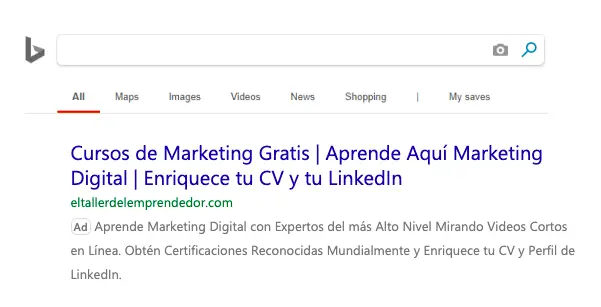
Now, an example of the mobile version of the same ad is shown for the keyword “digital marketing course”.
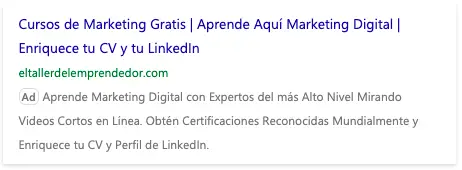
In Google Ads and Bing Ads, you'll write a version of the ad copy that automatically scales on desktops and mobile devices. When writing your ad, keep in mind that it will appear on both desktop and mobile, and make sure the text works well in both formats.
Ads should not contain excessive capitalization, punctuation, or misleading statements.
By clicking, visitors should be taken to a page that continues with the commercials. This is called a landing page and should be consistent with what you are offering in the ad. Your landing page should be an extension of your ad and entice the visitor to subscribe, buy, etc.
Product sheet announcements (PLA)
Ads for a product offering are square units used in SEM ecommerce campaigns that contain product titles, images, and prices.
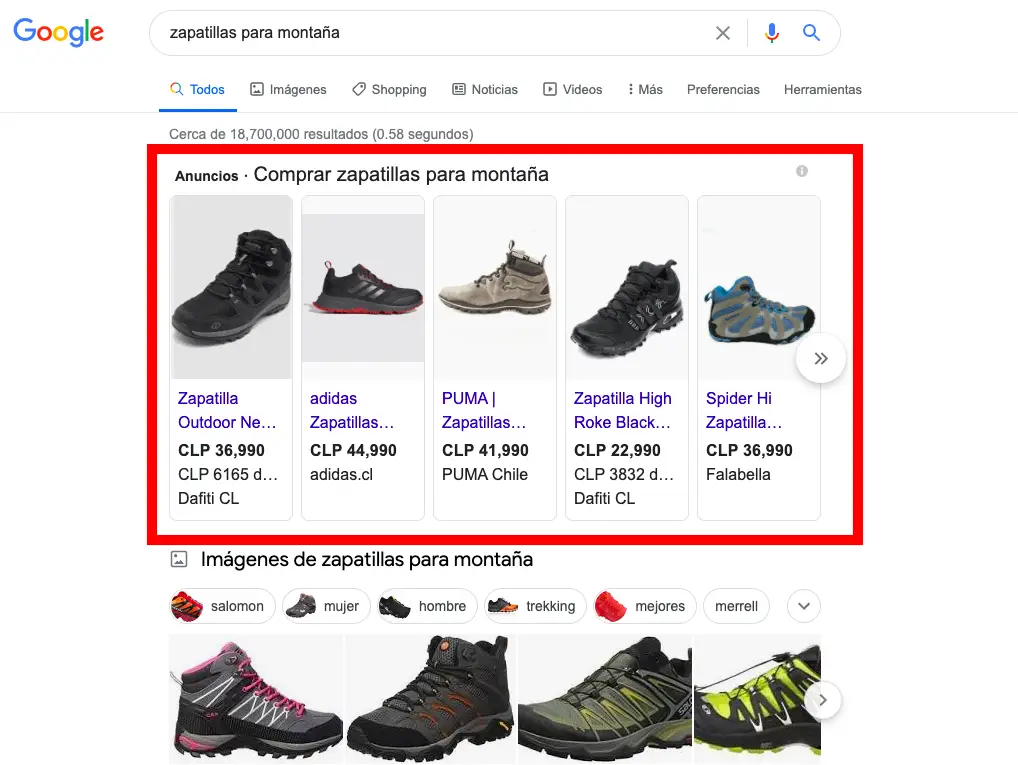
PLAs use Google product feeds and must be signed in to an account Google Merchant Center. Microsoft Advertising contains a similar feature called Product Ads which also requires the use of a Bing Merchant Center account.
Graphic ads
Advertisers can run Display Network campaigns that use display ads. These ad units are served in and around the content of millions of Display Network sites.
You can choose to create a responsive ad that will automatically resize based on where it's displayed, or use the 19 standard image sizes.
Implementation of an SEM campaign
Campaign types
Research network
This is the most common targeting option. The search network is made up of google.com and Google's search partners such as aol.com, amazon.com and many more.
The Search Network is primarily keyword-based advertising. In other words, search engines write queries for which ads are displayed.
Display Network
This network consists of millions of sites that accept to display Google text, image and video ads. These advertisements are displayed within the content of the site and do not use traditional targeting based on keywords, but audiences and demographics ...
For example, a user can visit a blog that talks about the history of coffee tables. While the user is not necessarily in buy mode, the content is relevant to the coffee tables. The user may or may not click on the ad, but now knows the brand.
Display Network Compatible Search Network
This targeting option is a combination of the two networks. The caveat is that Google determines when and where ads can perform better, taking control away from the advertiser. The preferred option is to divide your campaigns by network, but the search with display option is worth a try.
Shopping - Ads for a product offer
Product listing announcements are shown on Google and Microsoft. After you submit a product feed to Google Merchant Center, you can create Shopping campaigns in Google Ads. Advertisers create product groups that they can bid on on various feed attributes. These attributes include:


